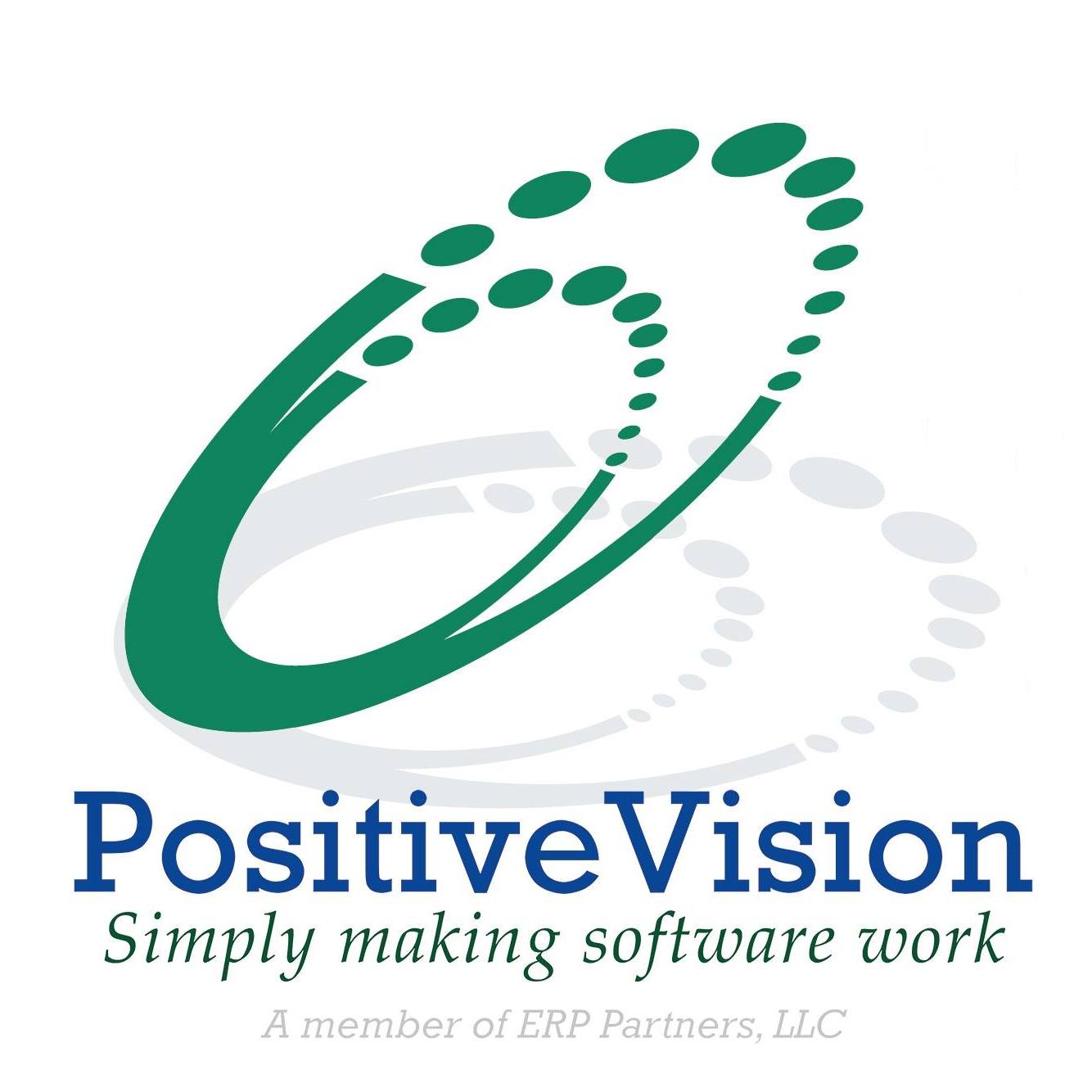Your ERP system is the backbone of your organization’s data and success. You know you need one, but the idea of selecting and implementing one can be as intimidating as cleaning out your closet. It’s going to take time and intention, and you might be tempted to just shut the door and save it for another day. Except you also know that putting it off can just make it feel that much worse in the future when you really have to clean that closet.
Business Automation and Software Blog
Robert Baran
Recent Posts
Three Words to Guide Your Best ERP Implementation
Topics: ERP implementation best practice
3 Best-Practice Manufacturing Inventory Technology Trends You’ll Want to Implement Right Now
Inventory management sure has changed over the years: from hand counting and paper records, to matching computer printouts to bin contents, to relying fully on technology to inform our inventory needs. Progress continues to march forward, including new ways of thinking for inventory management in manufacturing and supply chain.
Topics: manufacturing inventory
As the newest batches of college grads prepare to cross the stage and start their careers, they’ve probably done research into the most up-and-coming jobs or industries and planned accordingly. Jobs they can hold now didn’t exist when their parents graduated college, and technology will evolve such that the next generation will have several completely new job options we haven’t even thought of yet. Consider that twenty years ago, there was no such thing as a social media specialist or app developer. Tomorrow, we could be facing a world where it’s normal to not have postal workers, cashiers, or taxi drivers.
Topics: business intelligence
Accounting Software for Manufacturing Helps You Get Ready for Industry 4.0
Sometimes referred to as the fourth industrial revolution, Industry 4.0 is the current movement of automation and data exchange, specifically in manufacturing technologies. This includes newly mainstreamed technologies such as the Internet of Things (IoT) and cloud computing.
What Digital Transformation Means for Manufacturing Operations
While the term “digital transformation” —commonly shortened to DX—is becoming ubiquitous in the business world, what may not be entirely clear is just what DX means. While the term is widely used to a point where some deem it unhelpful, the business mandates behind it remain. These include rethinking old operating models, experimenting more, and refining agility in responding to both customers and rivals.
Did you know that if you don’t have a comprehensive picture of the mechanics of inventory optimization, you could end up with a sizable amount of wasted effort? Inventory optimization is a delicate balance between maintaining the minimum cost of inventory while keeping the desired fill rates for optimized items with the least cost reorder frequency and using technology to establish predictive control over inventory performance. All that? It’s no wonder that efforts are often diverted from one effort to another.
Topics: inventory optimization
How Integrated Technology Can Help You Beat These 5 Economic Challenges in 2019
Now into the second quarter of 2019, businesses are looking at the successes of Q1 and evaluating what worked and what might need some redirection to gear up for the second half of the year. While you’re evaluating, it’s smart to consider the factors and challenges that are impacting today’s economy. Five key areas for this year include: the economy and funding, healthcare costs, engaging employees in payroll and tax changes, scaling for growth, and harnessing the power of integrated technology.
Topics: integrated technology
Finding Balance to Improve Accounting Efficiency
Who doesn’t want to work more efficiently? However you define efficiency—whether it’s how you help your customers, staying compliant with regulations, or doing both at the same time—you know you can’t achieve business success without it. Unfortunately, some companies might be slowed down by inefficiencies and not even know it.
Topics: accounting efficiency
Lean Manufacturing: What You Need to Know to Get Started
We’ve all heard the term “lean manufacturing.” Some have ventured down the road already while others are making plans to implement. For those of you trying to figure out where to start, you’re in a good place to ensure lean is started the right way for maximum effectiveness. Automation is a great boon to lean manufacturing, but it can also result in massive waste if not properly addressed from the beginning.
Topics: lean manufacturing
Set Yourself up for Sustainable Profit in 3 Easy Steps
Common logic would suggest that if a new business is successful in its first year, it has cleared the most difficult hurdle. However, the failure percentages for small businesses actually increase as time passes: 70 percent of small business owners fail in their tenth year.
Topics: sustainable profit



 © 2019 PositiveVision • 219 E. Thorndale Ave. Roselle, IL 60172
© 2019 PositiveVision • 219 E. Thorndale Ave. Roselle, IL 60172